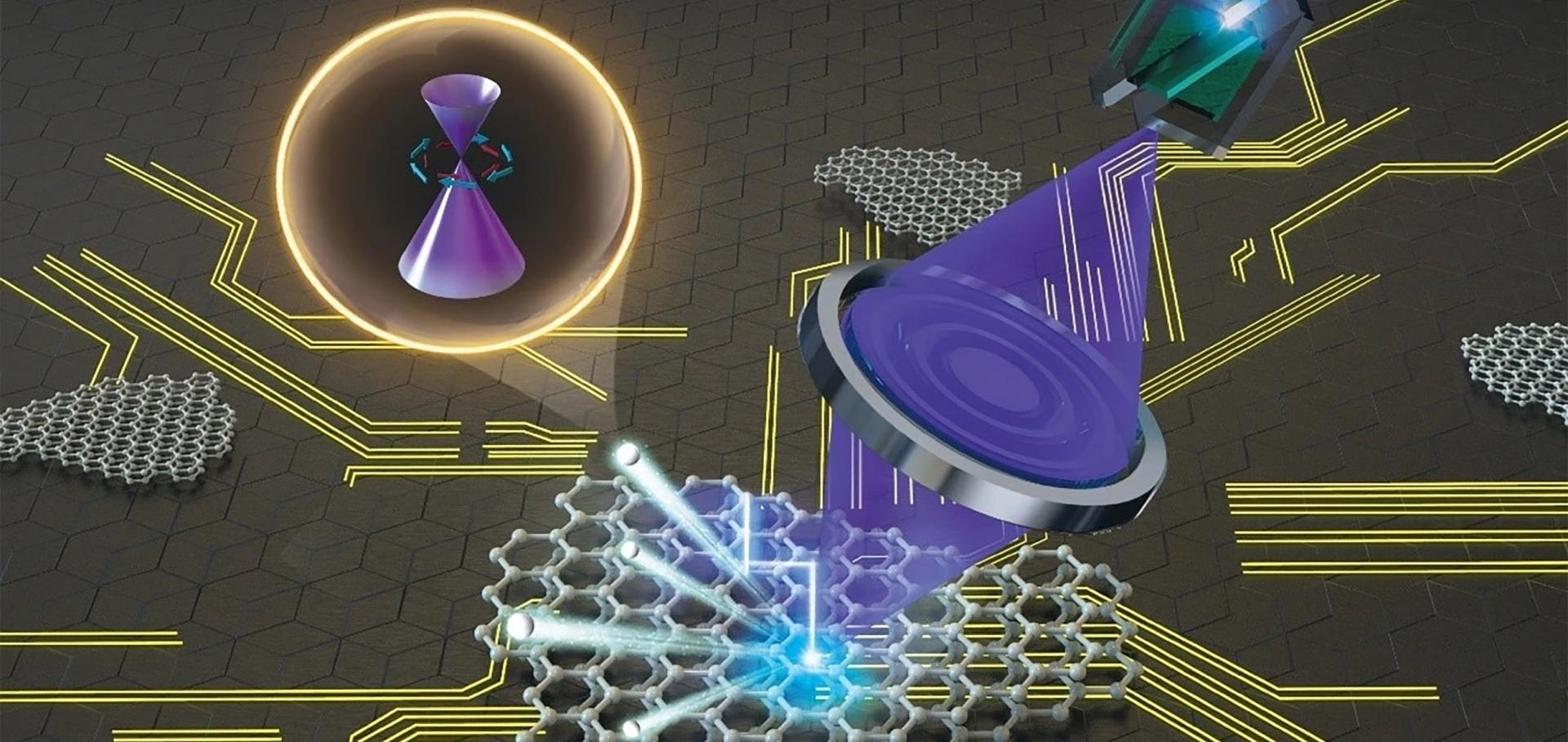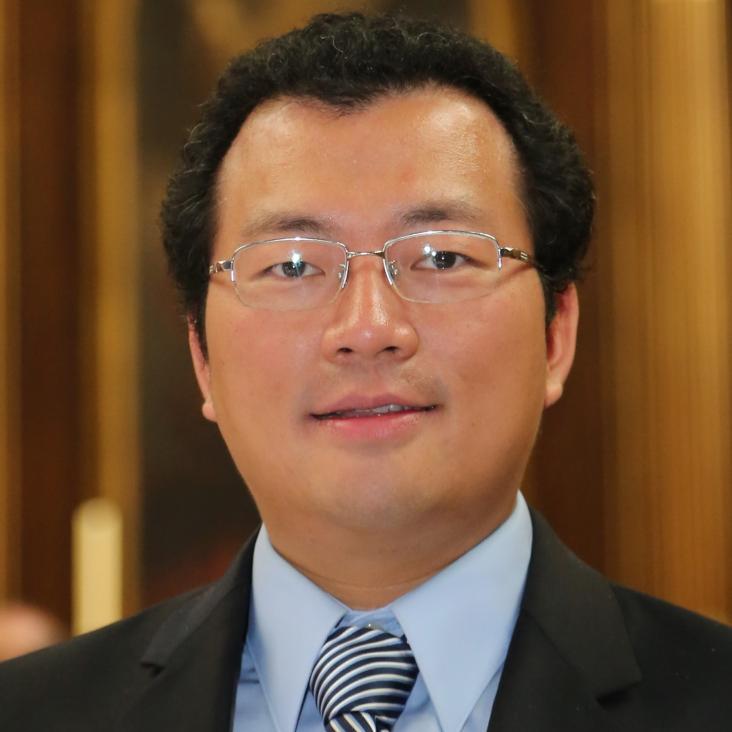Observation of topological surface states and strong electron/hole imbalance in extreme magnetoresistance compound LaBi
Physical Review Materials American Physical Society (APS) 2:2 (2018) 024201
Topological surface state of α-Sn on InSb(001) as studied by photoemission
Physical Review B American Physical Society 97:7 (2018) 075101
Abstract:
We report on the electronic structure of the elemental topological semimetal α − Sn on InSb(001). High-resolution angle-resolved photoemission data allow us to observe the topological surface state (TSS) that is degenerate with the bulk band structure and show that the former is unaffected by different surface reconstructions. An unintentional p -type doping of the as-grown films was compensated by deposition of potassium or tellurium after the growth, thereby shifting the Dirac point of the surface state below the Fermi level. We show that, while having the potential to break time-reversal symmetry, iron impurities with a coverage of up to 0.25 monolayers do not have any further impact on the surface state beyond that of K or Te. Furthermore, we have measured the spin-momentum locking of electrons from the TSS by means of spin-resolved photoemission. Our results show that the spin vector lies fully in-plane, but it also has a finite radial component. Finally, we analyze the decay of photoholes introduced in the photoemission process, and by this gain insight into the many-body interactions in the system. Surprisingly, we extract quasiparticle lifetimes comparable to other topological materials where the TSS is located within a bulk band gap. We argue that the main decay of photoholes is caused by intraband scattering, while scattering into bulk states is suppressed due to different orbital symmetries of bulk and surface states.Surface Structure and Reconstructions of HgTe (111) Surfaces* * Supported by the National Key Research and Development Program of China under Grant Nos 2016YFA0301003 and 2016YFA0300403, and the National Natural Science Foundation of China under Grant Nos 11521404, 11634009, U1632102, 11504230, 11674222, 11574202, 11674226, 11574201 and U1632272.
Chinese Physics Letters IOP Publishing 35:2 (2018) 026802
Quantum oscillations of electrical resistivity in an insulator
Science (2018)
Abstract:
© The Authors, some rights reserved. In metals, orbital motions of conduction electrons on the Fermi surface are quantized in magnetic fields, which is manifested by quantum oscillations in electrical resistivity. This Landau quantization is generally absent in insulators. Here we report a notable exception in an insulator — ytterbium dodecaboride (YbBi2>. The resistivity of YbBi2, which is of a much larger magnitude than the resistivity in metals, exhibits distinct quantum oscillations. These unconventional oscillations arise from the insulating bulk, even though the temperature dependence of the oscillation amplitude follows the conventional Fermi liquid theory of metals with a large effective mass. Quantum oscillations in the magnetic torque are also observed, albeit with a lighter effective mass.Measurement of the bulk and surface bands in Dirac line-node semimetal ZrSiS* * Project supported by the National Key R&D Program of China (Grant No. 2017YFA0305400), Chinese Academy of Science–Shanghai Science Research Center (Grant No. CAS-SSRC-YH-2015-01), the National Natural Science Foundation of China (Grant No. 11674229), the Engineering and Physical Sciences Research Council Platform (Grant No. EP/M020517/1), and the Hefei Science–Center Chinese Academy of Sciences (Grant No. 2015HSC-UE013).
Chinese Physics B IOP Publishing 27:1 (2018) 017105


